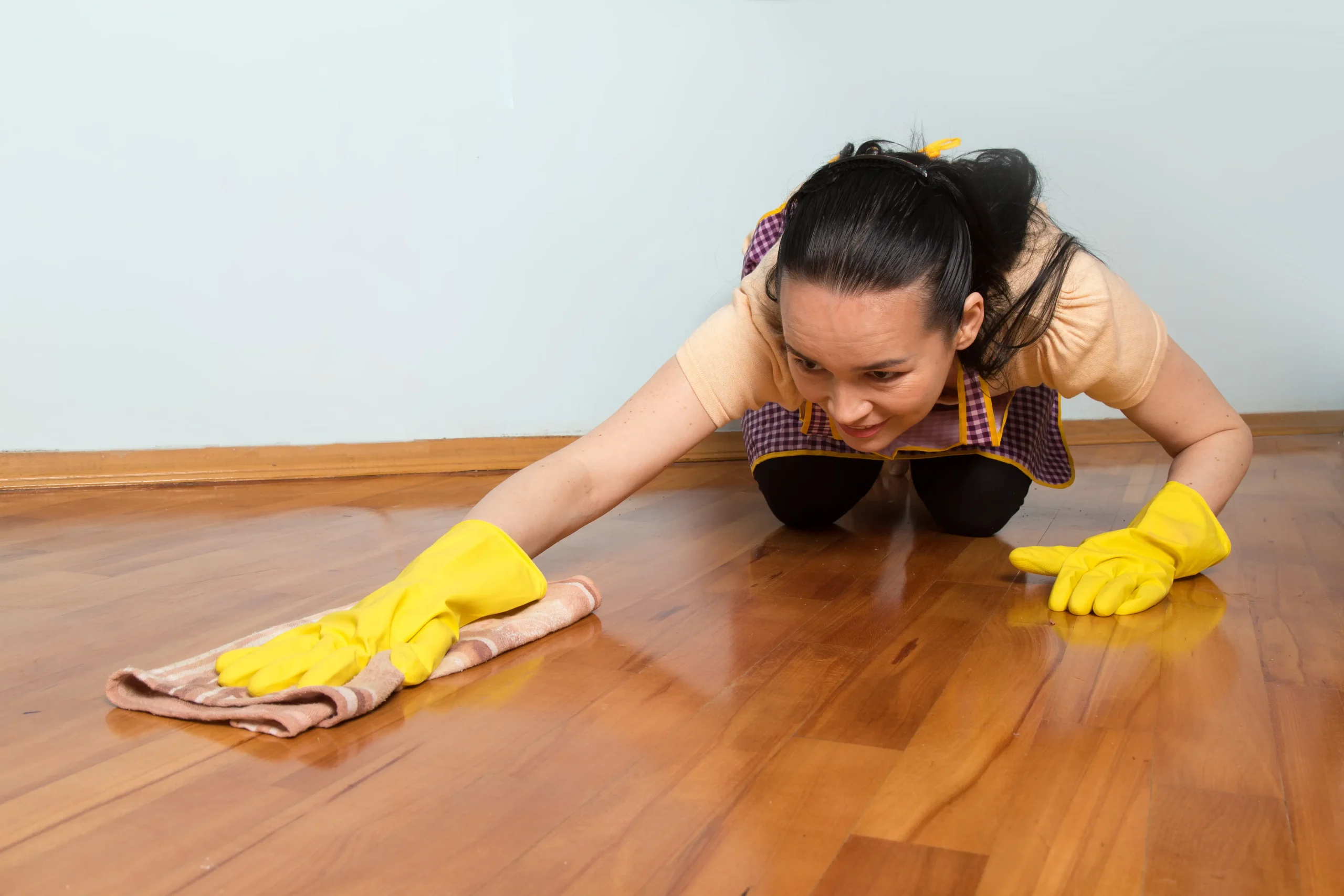Installing or replacing a shower head is one of the most common and rewarding plumbing projects a homeowner can undertake. Whether you’re upgrading to a high-efficiency model or simply fixing an old, leaking fixture, understanding how to plumb a shower head correctly ensures long-lasting results and water efficiency. This guide walks you through the process, from prep work to final testing, so you can tackle the job with confidence.
Table of Contents
Tools and Materials You’ll Need
Before you begin, gather the following tools and materials:
- Adjustable wrench or pliers
- Plumber’s tape (Teflon tape)
- Pipe wrench (optional for tight fittings)
- Shower head (new or replacement)
- Pipe sealant (optional)
- Rag or cloth
- Ladder or step stool (if needed for height)
Having everything ready before starting the project will streamline the process and prevent unnecessary interruptions.
Step 1: Turn Off the Water Supply
In most cases, you don’t need to shut off the water supply to the entire house—just ensure the shower valve is turned off completely. This prevents any water from spraying while you’re working. If you’re replacing plumbing behind the wall or installing new piping, shutting off the main water line may be necessary.
Step 2: Remove the Old Shower Head
Use an adjustable wrench or pliers to unscrew the old shower head from the shower arm. Hold the shower arm steady with your other hand to avoid twisting or damaging it. Wrap a cloth around the shower arm to prevent scratching the finish. Once the old head is removed, clean off any old Teflon tape or residue from the threads.
Step 3: Inspect the Shower Arm
Check the shower arm for signs of rust, corrosion, or damage. If the threads are stripped or the arm is leaking inside the wall, you may need to replace the entire shower arm or consult a plumber for deeper issues. A good condition shower arm should be solid, clean, and securely attached to the wall plumbing.
Step 4: Apply Plumber’s Tape
Wrap plumber’s tape clockwise around the threads of the shower arm two to three times. This helps create a watertight seal and prevents leaks. Make sure the tape lies flat against the threads and doesn’t hang loose, which can interfere with threading the new shower head.
Step 5: Install the New Shower Head
Screw the new shower head onto the shower arm by hand. Turn it clockwise until snug. Use your wrench or pliers to tighten it gently—don’t overtighten, as this can crack plastic components or strip the threads. Again, wrap the head in a rag or cloth to protect its finish while tightening.
If your new shower head has a rubber washer inside the fitting, plumber’s tape might not be necessary—but it’s still recommended in most cases for added leak protection.
Step 6: Check for Leaks
Turn on the water slowly and observe the connection. Look for drips or moisture where the shower head meets the shower arm. If water leaks, tighten the connection slightly more or add another layer of plumber’s tape and reinstall.
Test the flow and spray pattern to ensure the shower head works as expected. Adjustable models may require additional configuration.
Step 7: Optional Upgrades and Tips
If you’re plumbing a shower head as part of a bathroom renovation, consider these optional upgrades:
- Install a Shower Arm Extension: Great for tall users or repositioning the water stream.
- Add a Diverter Valve: Allows you to switch between a fixed head and a handheld sprayer.
- Water Pressure Regulators: Reduce water usage and prevent damage from high-pressure systems.
- Filter Shower Heads: Help remove chlorine and impurities from your water.
Also, if your shower head has low water flow, check for a flow restrictor. Some models include a small plastic disk inside the inlet to reduce water usage. You can remove this if local regulations allow and you prefer a stronger spray.
Safety and Maintenance Tips
- Don’t Force Parts: If a fitting doesn’t thread easily, remove and check for cross-threading or debris.
- Check for Mold or Mildew: If the shower wall has moisture damage, inspect the wall cavity for leaks.
- Clean Regularly: Mineral buildup can clog nozzles. Soak the head in vinegar monthly to keep it clear.
When to Call a Professional
If the shower arm is loose, leaking inside the wall, or if you’re unsure about the condition of your plumbing, it’s best to consult a licensed plumber. Hidden leaks can lead to expensive water damage and mold growth.
Also, if you’re installing a completely new shower system that requires cutting into drywall, rerouting water lines, or adding additional components, a licensed and bonded Indianapolis plumbing company ensures the work complies with building codes and is safe.
Final Thoughts
Plumbing a shower head is a manageable project that can improve your bathroom’s functionality and comfort in under an hour. With a few basic tools, careful preparation, and attention to detail, you can install or replace a shower head confidently and without hassle.
Whether you’re a seasoned DIY enthusiast or a first-timer, this straightforward job can give your bathroom a refreshing upgrade. And if problems arise, don’t hesitate to reach out to a professional for peace of mind.



